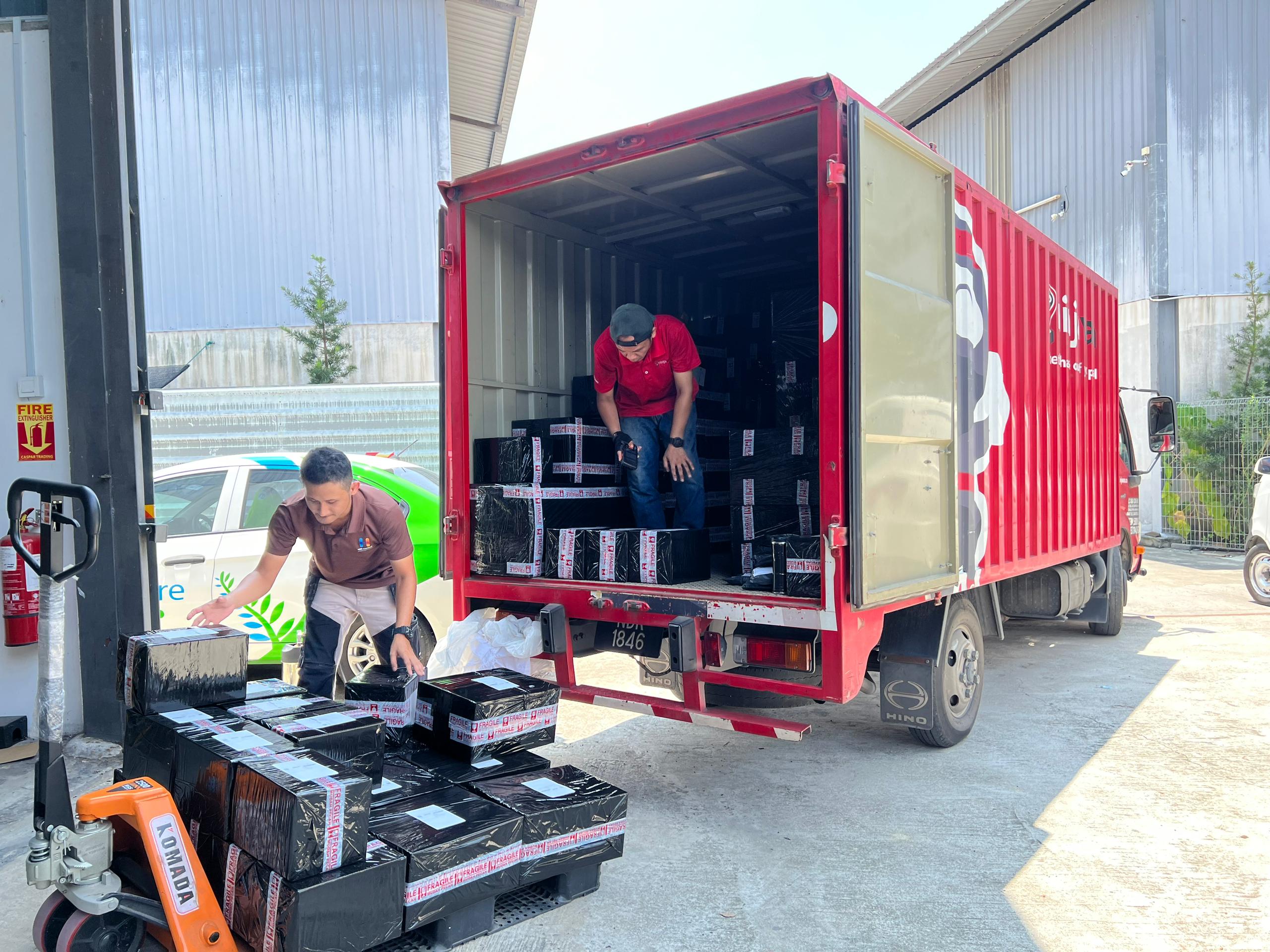Why Do We Need to Pre-Plan Inbound Shipments?
Pre-planning inbound shipments is crucial for efficient warehouse management, cost control, and operational efficiency. Without proper planning, businesses face delays, stock discrepancies, and increased operational costs.
- Faster & Smoother Receiving Process
✅ Avoids Congestion at the Dock – Without pre-planning, multiple trucks may arrive at the same time, causing bottlenecks.
✅ Reduces Unloading Time – Pre-allocated dock slots ensure quick unloading and prevent delays.
✅ Minimizes Waiting Charges – Truck detention fees can be avoided by scheduling efficient inbound processing.
- Accurate Inventory Control
✅ Prevents Stock Discrepancies – Ensures all inbound shipments are accounted for before arrival, reducing missing or excess stock issues.
✅ Streamlines Putaway Process – Products are directed to the right storage location immediately, avoiding misplaced items.
✅ Ensures FIFO/FEFO Compliance – Expiry-based goods are sorted and stored correctly upon arrival.
📌 Example:
A warehouse using pre-planned inbound scheduling reduces inventory errors by 80%, ensuring stock accuracy.
- Optimized Labor & Resource Allocation
✅ Right Staff at the Right Time – Warehouse managers can schedule manpower efficiently, avoiding labor shortages.
✅ Reduces Idle Time – Workers aren’t waiting around for shipments; they know exactly when deliveries arrive.
✅ Optimized Equipment Usage – Forklifts, pallet jacks, and storage racks are pre-assigned for efficient material handling.
📌 Example:
A warehouse that pre-plans inbound shipments can reduce labor costs by 20-30%, maximizing workforce efficiency.
- Cost Reduction & Supply Chain Efficiency
✅ Avoids Demurrage & Detention Fees – Pre-planned arrivals prevent delays that could lead to penalties for late container returns.
✅ Minimizes Storage Costs – Products are stored efficiently, reducing overstocking and unnecessary holding costs.
✅ Better Coordination with Suppliers – Avoids last-minute rush orders and ensures smooth supply chain flow.
📌 Example:
A business that pre-plans inbound shipments cuts storage costs by 15-25% by ensuring faster stock movement.
- Improves Overall Warehouse Performance
✅ Ensures Stock Availability – Reduces the risk of stockouts or overstock situations.
✅ Supports High Order Volumes – Helps warehouses scale up operations smoothly during peak seasons.
✅ Enhances Customer Satisfaction – Ensures faster order fulfillment by keeping inventory levels optimized.
📌 Example:
A fulfillment center processing 10,000+ e-commerce orders daily relies on inbound pre-planning to maintain 99% stock availability for faster shipping.
What Happens If You Don’t Pre-Plan Inbound Shipments?
❌ Warehouse congestion – Unscheduled deliveries cause delays and inefficient dock management.
❌ Stock discrepancies – Inventory mismatches due to uncoordinated receiving processes.
❌ Higher costs – Increased labor, storage, and demurrage fees.
❌ Slower order fulfillment – Delays in inbound processing lead to late deliveries.
📌 Bottom Line:
Pre-planning inbound shipments optimizes warehouse operations, reduces costs, and ensures smooth supply chain management.



